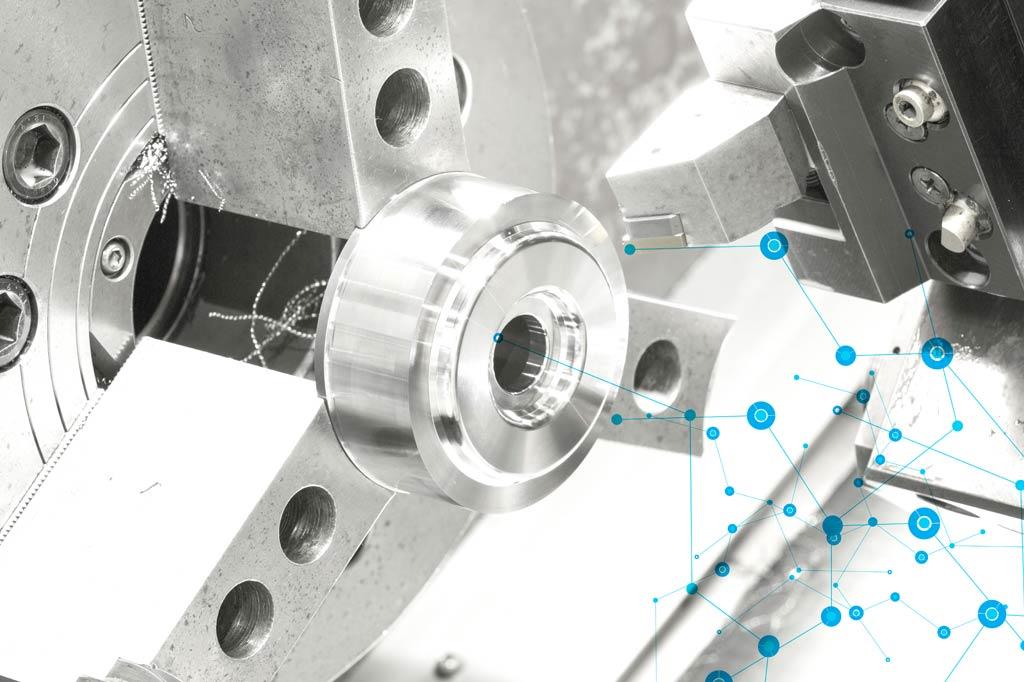
In today’s industrial climate, characterised by rapid technological disruption, manufacturing businesses need to focus on strategies that provide real value to customers – and services are often the key to success.
Professor Tim Baines, director of Aston Business School’s Advanced Services Group and an international authority on servitisation explains how this new business model affects the manufacturing supply chain – compelling service providers, third party suppliers and subcontractors to rethink their own servitisation efforts.
At Aston Business School, our relationships with over 100 firms in the manufacturing sector give us insight into the industry’s journey to digital maturity, transformation, and servitisation, adding value by reshaping products into services. When these businesses ask how to balance growth, competition, rising customer expectations and market forces, we recommend a methodical approach: reflect, analyse and then act.
How services fit into manufacturers’ competitive strategies
Manufacturers need to constantly revisit the factors driving their business growth in order to thrive during our fourth industrial revolution. They need to ask questions: Do they win customers due to product leadership? Or because they are charging a lower price than competitors? Or is it because of the quality of service packages that support the customer and improve the value they get from products?
The answer usually lies in services. A quick analysis of their competitive strategy with the gamified tool on unlockyourinsight.co.uk will only confirm to manufacturing businesses that services are of growing importance to their customers, and so represent the strongest potential for growth.
This growth in demand for services is typical across all industrial sectors in developed economies. In a recent industry report by business services provider Columbus, new business models supported by data and analytical capabilities and a data-driven business model were highlighted as key requirements to stay competitive during the Fourth Industrial Revolution and develop a future-proof ’Manufacturing 2020’ strategy.
The knock-on effect of servitisation for supply chain innovation
With servitisation, manufacturers can develop an appropriate business model based on what the customer needs, adopt the right technologies to enable a new offering and bring about the (often significant) organisational change required to realise this opportunity.
But the way big manufacturers choose to embrace this change has a wider effect on the manufacturing supply chain – prompting all involved parties to match their offering to this technologically evolving climate. Manufacturers are tech-based businesses, they are rich in technology and often led by managers with backgrounds in engineering, science and technology. If the contract manufacturer, third party supplier or subcontractor doesn’t adjust its technological capabilities or business model to efficiently support the servitisation efforts of large manufacturers, they will be left behind on the journey to innovation – and ultimately, revenue.
Contract manufacturers and subcontractors need to master key technology trends that are most relevant to their overarching competitive strategy – those that help them perform better against their chosen business model. And those key technologies need to be prioritised based on those that fit well with their existing competencies; these will be easier, faster and less risky to adopt. There are a number of technology trends about at the moment, but it requires careful thought to determine what will work best for your business.
Spotting opportunities in contract manufacturing services
When West Midlands-based specialist subcontractor, Coen Ltd turned to Aston Business School with the aim to enter new markets and regions and contact with larger national clients, servitisation held the answer. By introducing additional added-value project and customer management services and leveraging enterprise management applications, they have been able to innovate their booking and payments process and put in place a highly digitalised system that fits to the needs of multi-site mobile labour forces.
This shows why systems such as customer relationship management and enterprise resource planning are essential for efficient operations for all businesses in manufacturing and construction. So much so that they can be considered as hygiene factors for many. Businesses in the manufacturing supply chain that seek out the latest insights for digital transformation strategies or task a reliable technology provider to optimise these fundamental technologies can increase their competitive advantage.
Digitalisation is a good start – but don’t stop there
Digital transformation in the manufacturing industry seems advanced, yet few manufacturers are looking beyond the factory gate. By narrowly focusing on initiatives where they can use technology to improve cost, quality and speed of delivery, they are in danger of missing opportunities to create and capture more value. Digital technologies can provide them insights into how, when, and where customers use manufacturing products and services – the same way they can reveal issues or opportunities for growth to service providers and the wider manufacturing supply chain.
As manufacturing organisations look to add new revenue streams and hedge competition with a more service-focused offering, innovation will continue to rise, transforming the complete customer experience, contractor relationships and manufacturing as a whole.